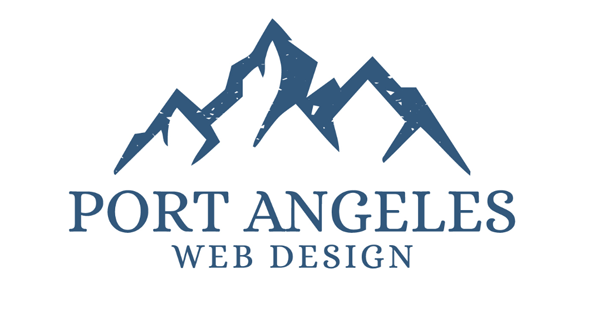5 Elements to Improve Website Ranking

When it comes to improving your website ranking, there are several key elements that play a crucial role. These elements are essential for enhancing your site's visibility and attracting more organic traffic. By paying attention to these factors and implementing effective strategies, you can significantly boost your website's search engine ranking and ultimately drive more visitors to your site. In this article, we will discuss five important elements that you should focus on to improve your website's ranking.
1. High-Quality Content: Content is king in the online world, and it is crucial for improving your website ranking. Creating high-quality, unique, and engaging content not only attracts visitors but also keeps them coming back for more. By providing valuable information, insightful articles, and helpful resources, you can establish your website as a reliable source in your industry. This will not only enhance your credibility but also increase your chances of ranking higher in search engine results.
2. Keyword Optimization: Keywords are the foundation of search engine optimization (SEO). By conducting thorough keyword research and strategically placing them throughout your website's content, you can optimize your site for specific search queries. This will help search engines understand the relevance of your website to users' search intent. However, it is important to use keywords naturally and avoid overstuffing them, as this can negatively impact your ranking.
3. On-Page SEO: On-page SEO refers to optimizing various elements within your website to improve its visibility in search engine results. This includes optimizing meta tags, headers, URLs, and alt tags. By using descriptive and relevant meta tags, organizing your content with headers, creating search engine-friendly URLs, and optimizing your images with alt tags, you can improve your website's overall SEO.
4. Backlinks: Backlinks are links from other websites that point back to your site. They are an important ranking factor for search engines as they indicate the credibility and authority of your website. Building high-quality backlinks from reputable and relevant websites can significantly improve your website's ranking. This can be done through guest blogging, influencer outreach, and creating valuable content that others will want to link to.
5. User Experience: User experience (UX) plays a crucial role in improving your website ranking. Search engines prioritize websites that provide a positive user experience. This includes having a fast-loading website, easy navigation, mobile responsiveness, and engaging design. By optimizing your website for a seamless user experience, you can increase the time users spend on your site and reduce bounce.



